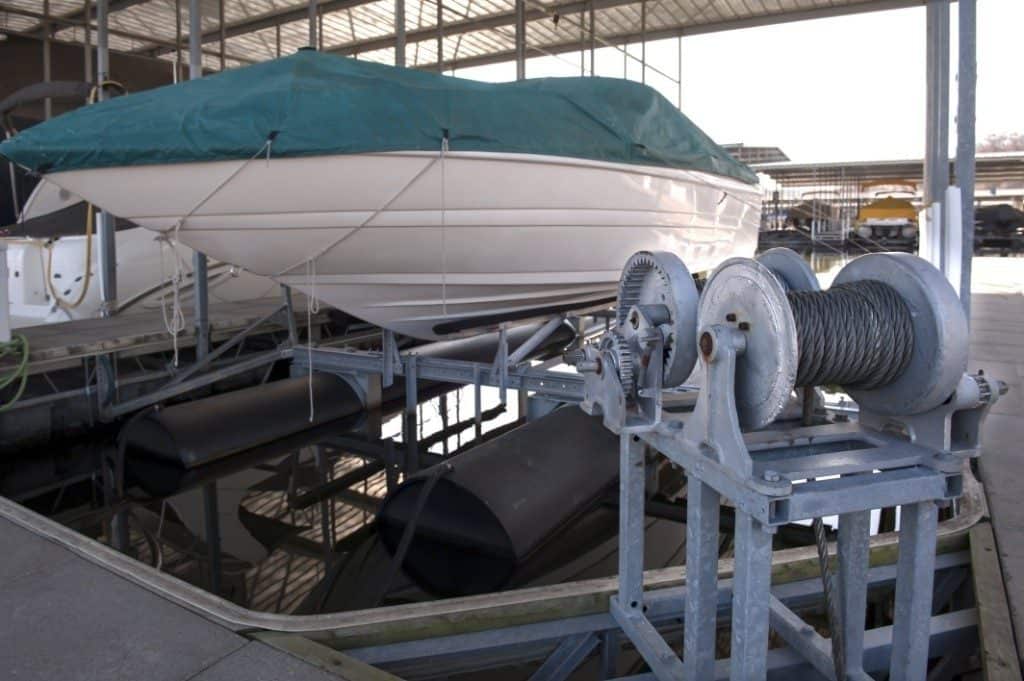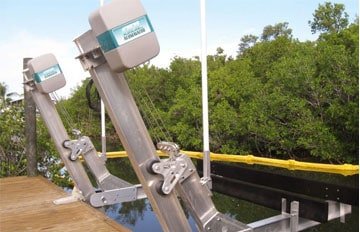It is essential for anyone who owns a boat lift to have an idea about installing a boat lift cable. If your old cable is already showing signs of wear and tear, you need to replace it so it continues to provide reliable performance. There are many issues associated with the worn cable such as it causing damage to your water vessel due to structural failure. Maintaining your boat lift does not involve a complicated process, you just need to make sure that you are regularly maintaining it. You can enjoy using your boat lift if the cable is in perfect working condition.
Installing A Boat Lift Cable
Once you have installed your boat lift, the next step you should take is to get into the habit of checking your cables for signs of wear. This step should be done regularly because cables can easily be damaged due to corrosion. Since your cable is the component that carries most of the weight, it will start to show visible signs of damage in the long run. Your cable must be properly cleaned and needs to be lubricated to prevent it from rusting. For more specific instructions on cable maintenance, you will need to refer to the manufacturer’s manual. It contains all the information you need to prolong the service life of your cable. It is important to note that no matter how you maintain your boat lift cable, it may come to a point when you need to replace it. When it comes to replacement, your boat lift manufacturer will be the one to make some recommendations. Manufacturers will recommend replacement even when there are no signs of wear. When replacing your cable, the process will depend on your lift system. Be sure that the cable is placed precisely on the winders. It should also be attached to the cradle to ensure that the lift operates smoothly. Do not ignore the manufacturer’s instructions as they are very specific. If you are unsure of the correct process of installing the boat lift cable, leaving the installation to a professional is the best thing to do. Do not wait for your boat lift cable to snap. Once you have replaced it, be sure to store your lift in a dry place. Exposing it to the water will only make it vulnerable to rusting. Remove your lift from the water and store it, ensuring that the platform or cradle is all the way up. If you have a power hoist, be sure to remove the battery. When servicing your lift, you also need to take some precautionary measures, by avoiding standing on the lift’s cradle. You should also not use makeshift cables to hold the cradle, wheel or any moving pieces. Making sure that your boat lift cable receives proper maintenance gives you a guarantee that it will continue to serve you for many years to come. Always refer to the manufacturer’s manual for a complete set of instruction. It is more expensive to repair your cables than to replace them so be sure to take extra steps to extend its life.



